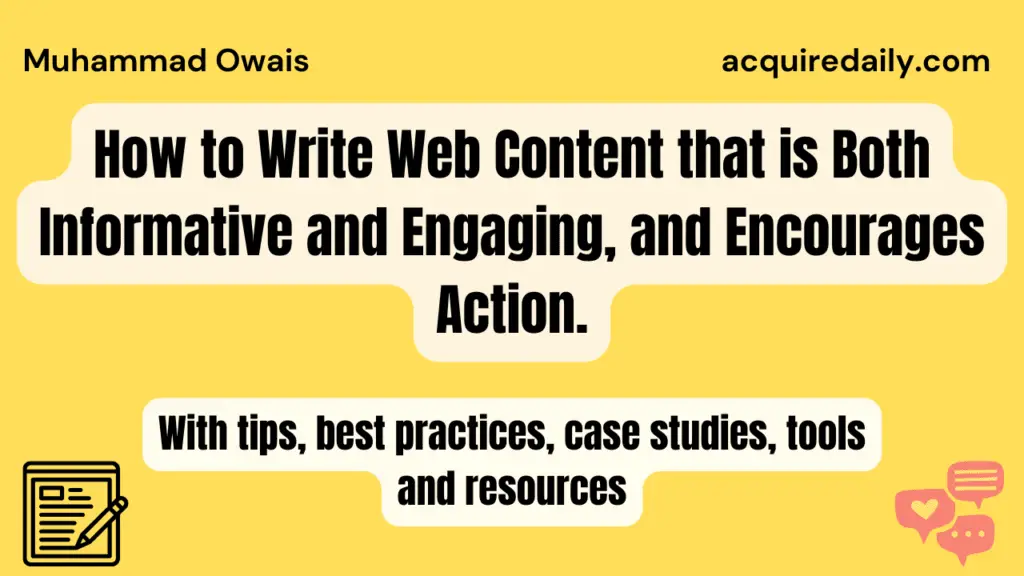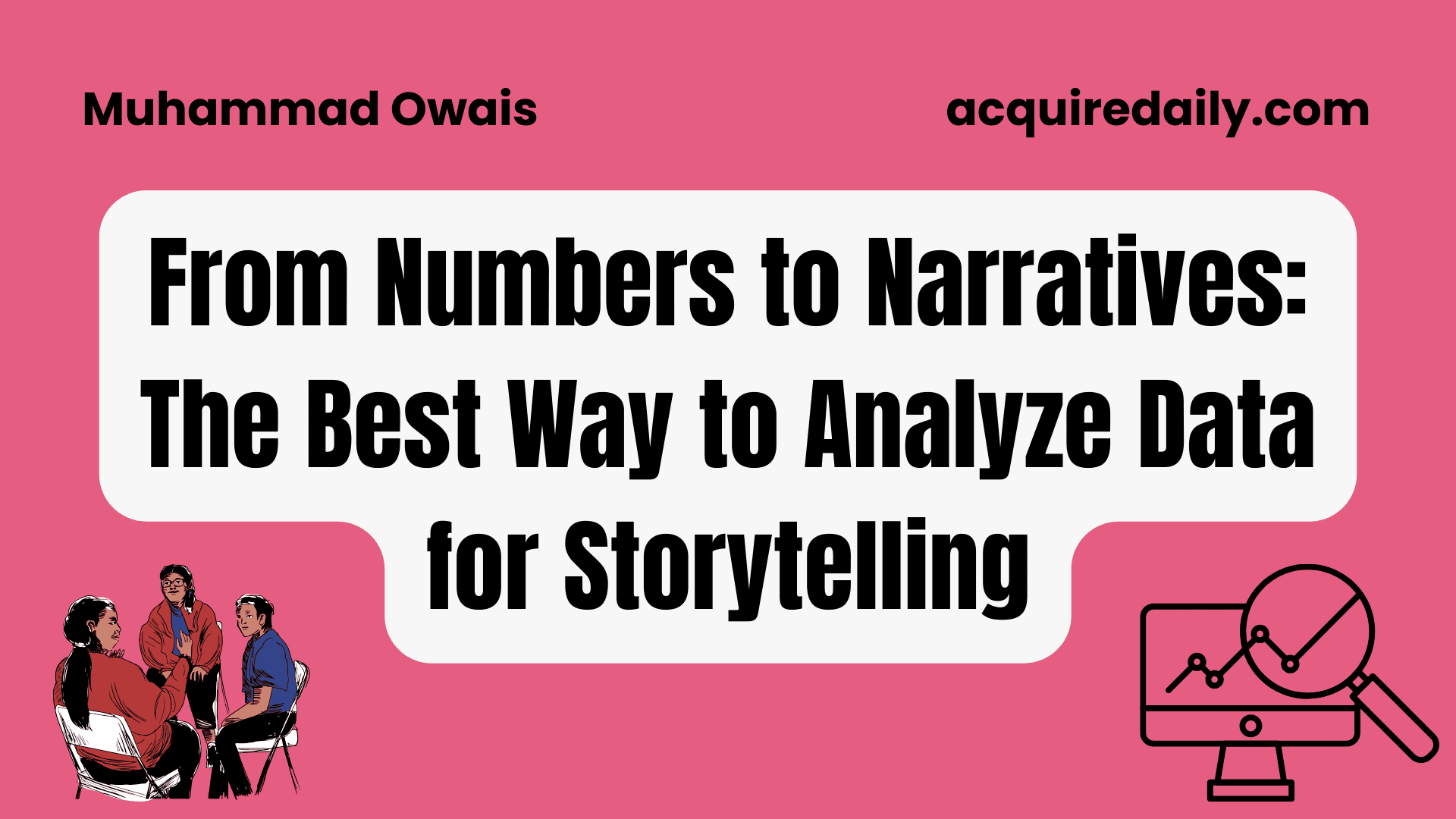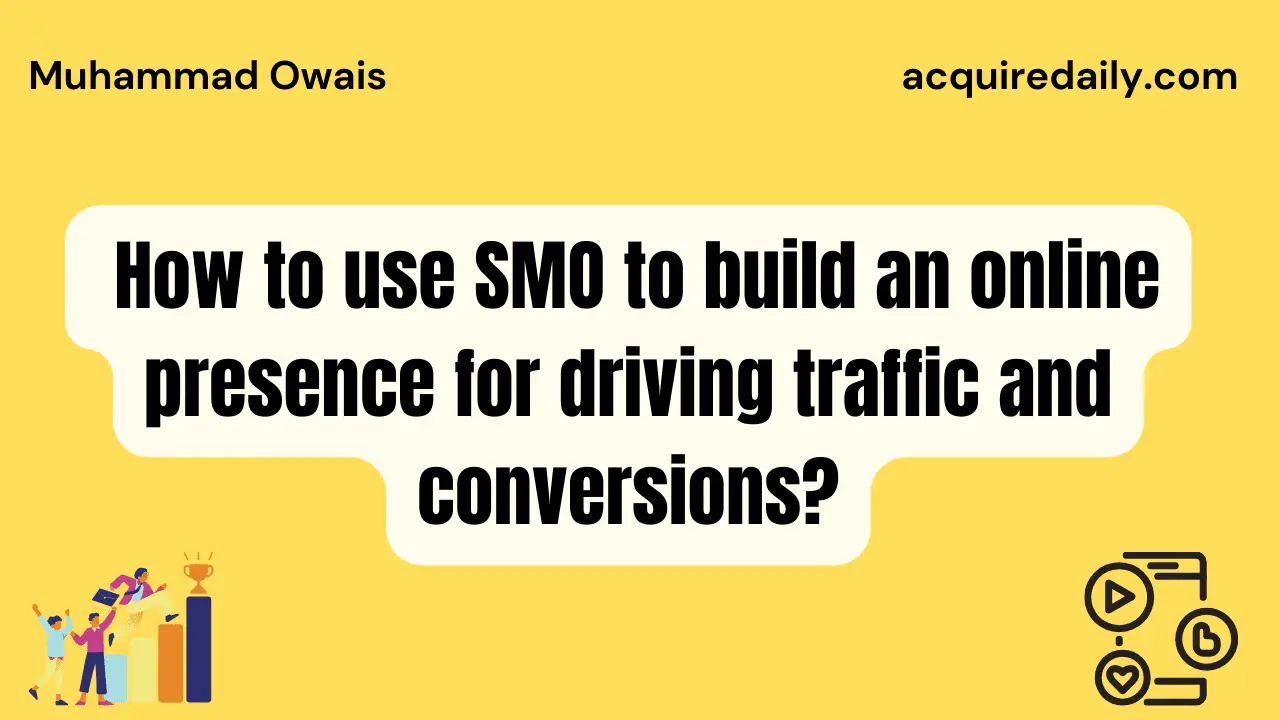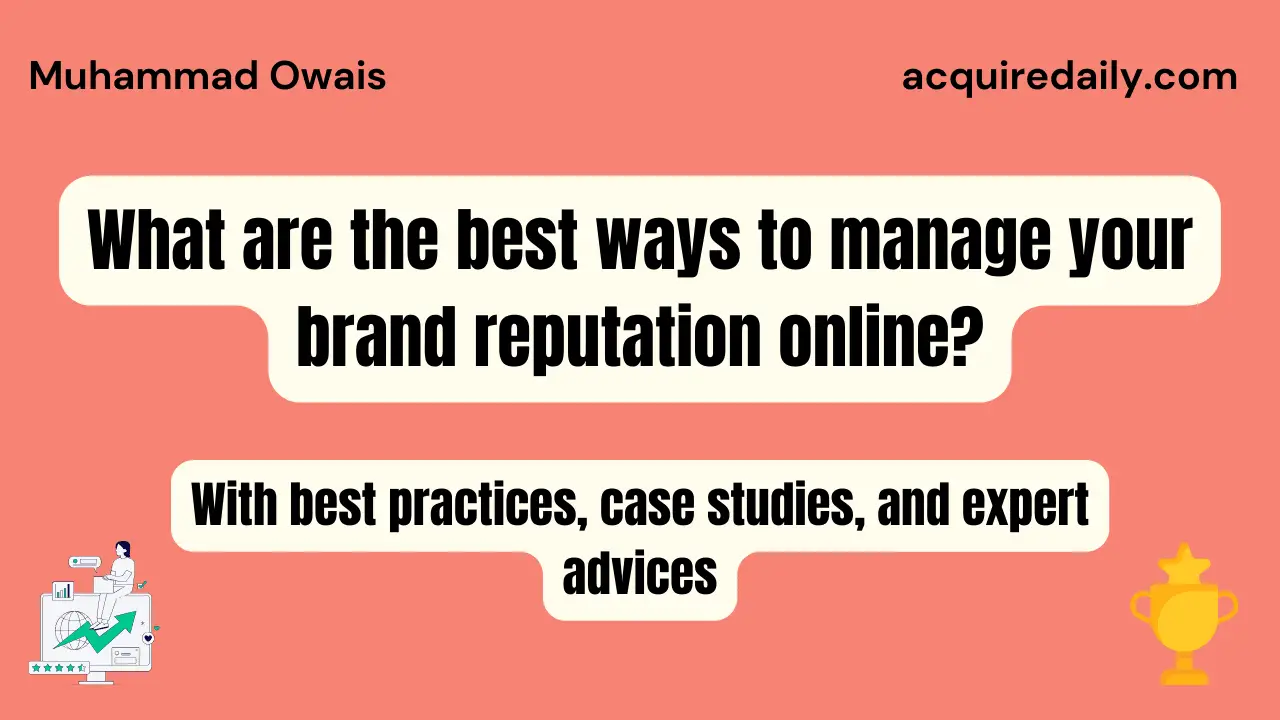Creating compelling web content is an art that requires balancing multiple elements. Your content should inform and educate readers while also engaging them on an emotional level.
Most importantly, effective web copy motivates users to take action, whether that’s signing up for a newsletter, making a purchase, or contacting your company.
In this guide, we’ll explore techniques for crafting web content that achieves all three goals: being informative, engaging, and actionable.
Table of Contents:
- Understanding Your Audience
- Write Clear and Catchy Headlines
- Use Simple and Concise Language
- Add Visuals and Multimedia
- Provide Value and Solutions
- Include a Clear Call to Action
- Informative Content Strategies
- Engaging Content Techniques
- Encouraging Action
- Case Studies and Examples
- Tools and Resources
- Additional Resources
- Recommended Courses and Workshops
- Frequently Asked Questions – FAQ’s
Understanding Your Audience
The first step in writing effective web copy is understanding your target audience. Ask yourself:
- Who are the primary visitors to my website?
- What information are they looking for?
- What motivates them and what pain points do they have?
- What action do I want them to take after reading my content?
Knowing the answers to these questions will allow you to create content tailored specifically to your readers.
Speak directly to their needs and interests.
For example, if your audience is mainly comprised of small business owners looking for ways to improve their SEO, educate them on best practices for optimizing websites. Include actionable tips they can implement right away to boost organic traffic.
Write Clear and Catchy Headlines
Your headlines make the first impression on readers as they scan a page. An engaging headline piques interest and compels visitors to read more.
An effective headline:
- Clearly summarizes the content that follows
- Uses keywords and phrases readers are searching for
- Creates curiosity with questions or intriguing statements
For example:
- “5 Little-Known SEO Tricks to Double Your Organic Traffic”
- “Are You Making These Common On-Page SEO Mistakes?”
- “The Beginner’s Guide to DIY SEO Success”
Write headlines focused on providing value to readers. Avoid vague, exaggerated, or misleading claims.
Here is a simple guide on How to write catchy headlines.
Use Simple and Concise Language
Strive for clarity and brevity in your writing. Short sentences and paragraphs are easier for readers to digest online.
Break complex topics down into bite-sized pieces using lists, steps, chapters, or other formats.
- Use active voice and avoid passive constructions.
- Limit the use of jargon and technical terms. Clearly define any acronyms.
- Add relevant images, stats, examples, and quotes to reinforce key points.
- Format content with ample white space and text styling like bolding and italics.
Well-structured copy with scannable information allows visitors to quickly find what they need.
Add Visuals and Multimedia in Web Content
Visual content makes your writing more engaging. Elements like images, infographics, videos, and graphs enhance understanding and break up blocks of text.
- Relevant photos grab attention and illustrate concepts.
- Infographics neatly present statistics, flowcharts, timelines, or comparisons.
- Embedded videos add a multimedia element and cater to different learning styles.
- Data visualizations, charts, and graphs clarify complex information.
When adding visuals:
- Ensure they are high-quality and consistent with your brand style.
- Optimize them for the web with compressed file sizes.
- Include captions or alt text for accessibility.
- Connect graphics back to the main points in your copy.
Provide Value and Solutions
Your content should be valuable to readers by teaching them something new or solving a problem.
Offer tips, step-by-step instructions, expert insights, and actionable takeaways.
Some types of informative content include:
- How-to guides – Provide sequential steps for completing a task. For example, a DIY website migration checklist.
- FAQs – Answer common customer questions and objections.
- List posts – Curated tips or resources on a topic. Like ’10 Free Keyword Research Tools’.
- Explainers – Break down complex processes or industry jargon into simple terms.
- Comparison articles – Contrast differences between options. For example, WordPress vs. Shopify.
Include a Clear Call-to-Action
Calls-to-action (CTAs) prompt visitors to take your desired action after reading.
Strategically place CTAs in your content to guide users along in the conversion process.
Some CTA examples include:
- Request a free quote
- Start a free trial
- Download an ebook
- Register for a webinar
- Purchase a product
- Contact sales
- Subscribe to a newsletter
Make CTAs stand out visually with buttons, unique colors, or contrasting shapes.
Use compelling language focused on user benefits like “Join our community” or “Get started now”.
Place primary CTAs near the top and bottom of pages. Additional CTAs can go in sidebars or after sections.
Informative Content Strategies
Here are some key strategies for ensuring your copy provides maximum value to readers:
- Conduct keyword research to optimize web content around topics users are searching for. Tools like Google Keyword Planner are helpful for discovering keyword search volume and competition.
- Implement an editorial calendar to plan informative content around themes, seasons, or upcoming events.
- Interview industry experts like your team members or partners and turn takeaways into blog posts or guides.
- Curate and analyze existing data, whether from your own business or external sources, to create reports, projections or visualizations to share.
- Aggregate and expand on information from multiple sources to create comprehensive guides. Link back to original content.
- Answer customer questions proactively with in-depth help center articles or FAQ pages.
Engaging Content Techniques
Balancing useful information with an engaging delivery keeps your content compelling.
Tactics for adding engaging elements include:
- Open with a hook like an interesting statistic, rhetorical question, or story to capture attention.
- Use conversational language to connect with readers as if speaking to a friend.
- Share experiences and anecdotes to add a personal touch to your writing.
- Use humor judiciously to add levity, but avoid overdoing it or anything potentially offensive.
- Incorporate quotes from recognized leaders and experts to reinforce points.
- Write shorter paragraphs that each convey a single idea or piece of information.
- Add some personality to your tone but remain respectful of diverse audiences.
Encouraging Action
Driving conversions and interactions from your content involves:
- Optimizing page elements for usability. Use clear navigation, quality visuals, and striking headlines.
- Building trust and credibility. Establish expertise by citing sources and providing well-researched information. Be transparent about commercial interests.
- Explaining benefits. Make the value-add for readers clear upfront. What’s in it for them?
- Using urgency or scarcity. Time-sensitive offers or limited availability can prompt action.
- Making CTAs prominent. Place them where readers will notice them using contrasting colors, shapes, and sizes.
- Following up. Send related content or offers via email or social media to continue engaging those who took action.
Case Studies and Examples
Let’s look at some web content examples that balance an informative, engaging, and actionable style:
- Neil Patel – Marketing blog posts combine statistics, expert advice, and actionable tips formatted in scannable lists/headers. CTAs promote relevant products.
- HubSpot – Their blog presents in-depth guides written in a conversational tone with pop culture references, quotes, and humor.
- Buzzfeed – From infographics to quizzes, their engaging formats entertain readers while providing information. Embedded affiliate links encourage clicks for revenue.
- Square – Their help center features clear problem/solution articles addressing common customer pain points and questions.
- Moz – Popular tool comparison posts contrast competitors in-depth in an easy-to-visualize table format. Callouts encourage free trial signups.
Tools and Resources
Platforms and apps to enhance your informative, engaging content:
- Grammarly – Catches writing errors and improves clarity.
- Hemingway App – Assesses readability and complexity of copy.
- Canva – Creates engaging visuals like infographics, images, and videos.
- Visme – Converts information into interactive visual content.
- StoryChief – AI-powered copywriting assistant.
- CoSchedule Headline Analyzer – Tests headline effectiveness.
- Google Analytics – Provides insights on content engagement and conversions.
Additional Resources
Here are some further resources on creating compelling web content:
Further Reading and References
- “How to Write Captivating Content That Readers Can’t Put Down” – HubSpot Blog
- “How to Write Content for People Who Don’t Like to Read” – Copyblogger
- “How to Write Website Content That Draws Customers In” – Neil Patel Blog
- “Complete Guide to Calls to Action (CTA)” – HubSpot
Recommended Courses and Workshops
- Content Writing Workshop – Udemy
- Content Strategy & Development – Coursera
- The Complete Guide to Copywriting – HubSpot Academy
- Content Creation Certification – DigitalMarketer
Crafting web content that achieves the crucial goals of informing, engaging, and prompting action takes skill and strategy.
By following the tips in this guide, you can create compelling copy that will connect with readers and convert them into valued customers.
What techniques do you find most effective? Let us know in the comments below!
Frequently Asked Questions – FAQ’s
How do I know if my content is informative enough?
Your content should educate readers on topics they care about and answer their questions. Check that you’ve covered key facts, data, research, and actionable tips. Ask readers or colleagues for feedback to identify any gaps.
What makes content truly engaging?
Engaging content relates to readers personally and emotionally. It feels like a conversation, tells stories, uses humor, and has a unique voice. Formats like lists, quizzes, and visuals also engage readers.
How many calls to action should I include?
Use 3-5 CTAs per piece of content. Place one near the beginning to introduce your offer, 1-2 in the middle to continue the momentum, and one at the end so readers know what you want them to do next. Too many CTAs can be distracting.
How do I encourage conversions from my content?
Optimize pages for usability, build trust, clearly explain benefits, create urgency and scarcity when appropriate, and make CTAs prominent with colors and formatting. Follow up with emails and social media.
What types of content work well to engage readers?
Lists, how-tos, comparisons, infographics, videos, quizzes, and interviews tend to be more engaging formats. Use research, data, expert input, and storytelling to add substance.
Should I use content templates and frameworks?
Leverage content frameworks or templates to structure your information. Outline sections ahead of time rather than starting with a blank page. However, customize content to feel more original.
What tools can help me create better content?
Tools like Grammarly, Hemingway Editor, Canva, StoryChief, and CoSchedule can help with writing, design, readability, and optimizing your content. Refer to analytics for insight.
You May Also Like
7 Psychology Concepts To Improve Your Marketing
5 Ways How Artificial Intelligence Can Enhance Your Social Media Optimization (SMO)?








